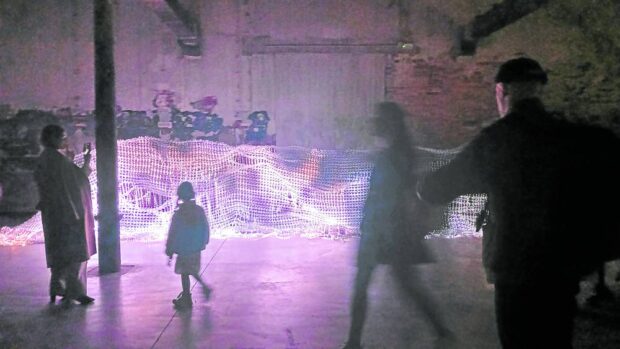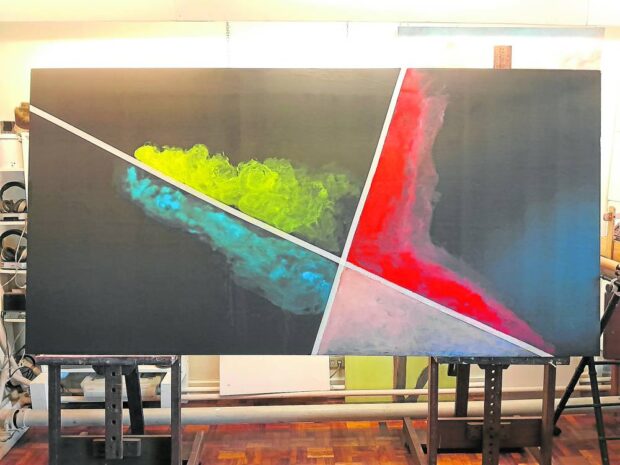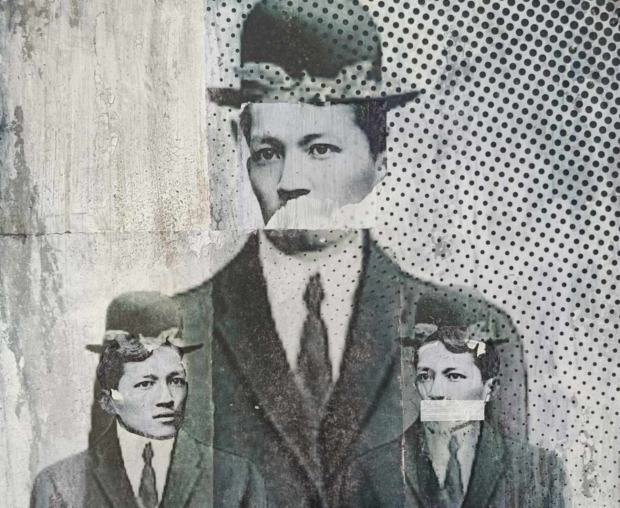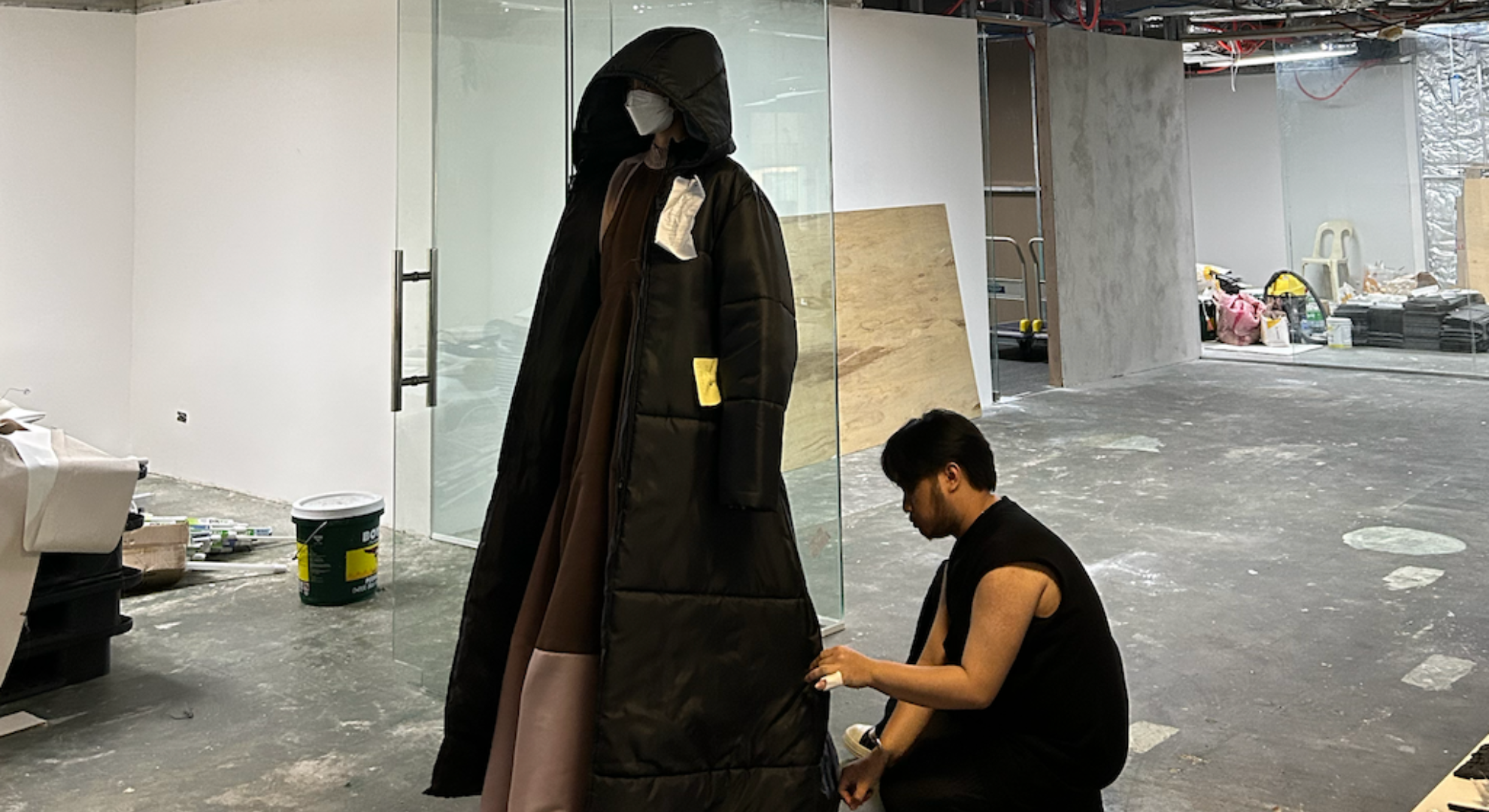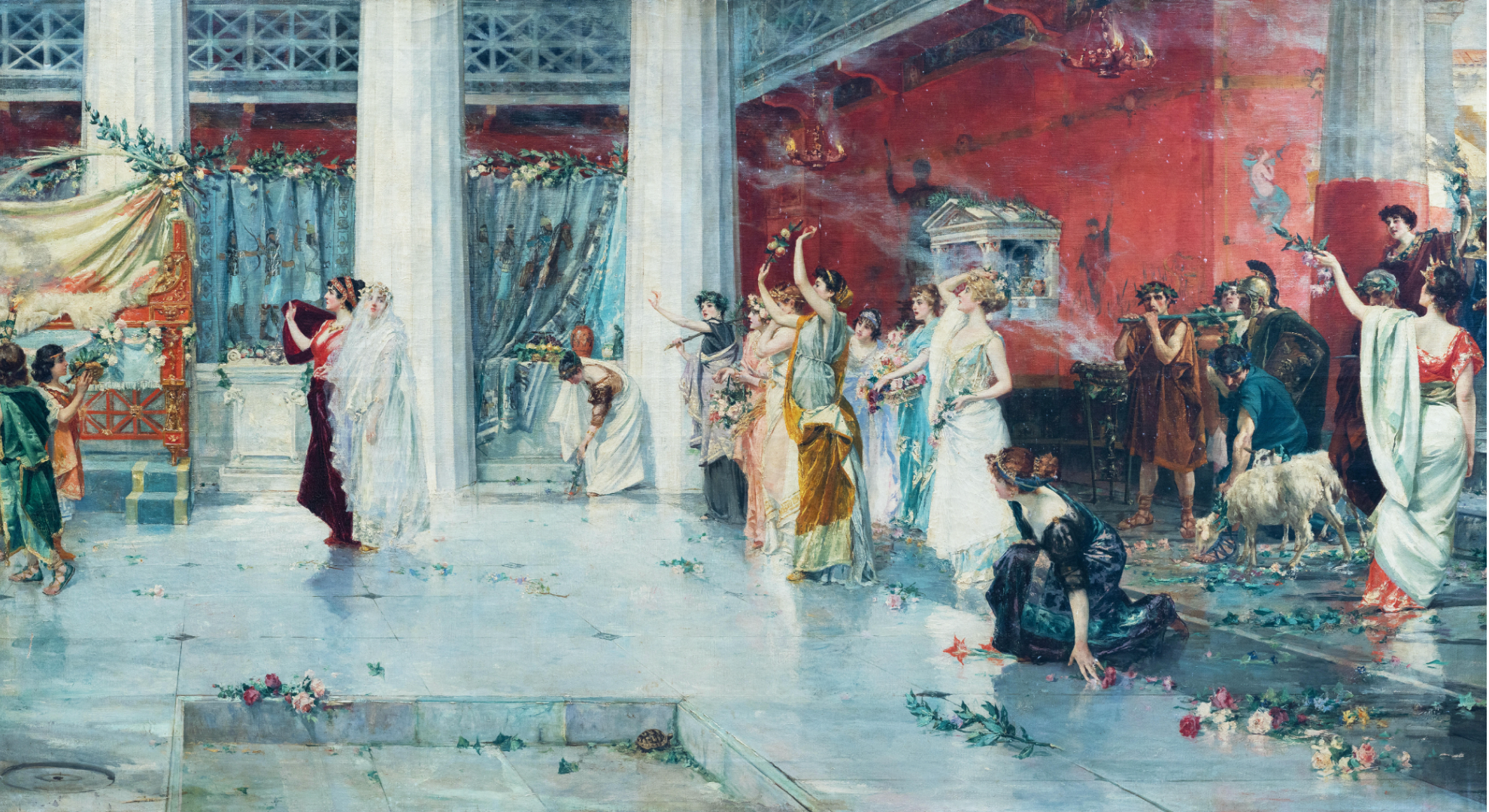Thessaloniki, Greece | AFP | Wednesday 10/23/2019 – 12:09 UTC+8
By: Vassilis Kyriakoulis
Opposition politicians, archaeologists and locals have denounced Greek government plans to displace the fragile remnants of an ancient city district unearthed during work on a subway tunnel in Thessaloniki.
Experts say the early Byzantine site, which includes the city’s main 6th-century highway, ancient buildings and hundreds of thousands of artefacts, is priceless.
But the government and the company managing the subway project in Greece’s second largest city say the work, already behind schedule because of the find, has to get back on track.
The plan is to move the ancient remains to a museum, to be built at a later date, reversing an earlier plan by the previous left-wing administration to put them on show where they were found.
The conservative government’s new plan has outraged many in Greece’s second largest city.
“You won’t be able to find an archaeologist willing to degrade these antiquities,” Despina Koutsoumba, spokeswoman for the Association of Greek Archaeologists, told the city council at a recent meeting.
Archaeologists warn that the only way to remove the 700 tonnes of finds will be to break them up into at least 100 pieces, causing irreparable damage.
A ‘unique’ find
“What was found at Venizelos subway station is unique,” Koutsoumba told AFP.
“(And) the quality of its preservation is such that you really are walking in a Byzantine-era city. It’s amazing,” she said.
“This is truly rare and a gift for the city of Thessaloniki, a station that could become an open, archaeological space.”
The subway company, Attiko Metro, whose management changed hands after the July parliamentary elections, says it is overhauling the project because the earlier plans did not offer adequate construction safety guarantees.
“Removing antiquities poses no threat and has been applied several times, even on this very subway project (elsewhere),” new company chairman Nikos Tachiaos told AFP.
The move would save both time and money, he insisted.
“The antiquities are in no danger,” says Tachiaos, an engineer.
In September, outraged residents formed a citizens’ group to resist any plan to move the antiquities.
They argue that the subway finds are unique “because they reconstruct the concept of Byzantine urban space.”
They also revealed the layout of ancient Thessaloniki “and constitute the most readable and identifiable part of the historic centre of the city survived to this day.
“Integrated archaeological evidence must continue to be accessible, instructive and intact,” their statement adds.
Some 15,000 citizens have already signed an online petition calling for the relics to remain in place.

Legal delays possible
The construction of the Thessaloniki subway was commissioned in 2003 and was initially expected to be completed by 2012.
But the project stalled over the debate on how to best preserve the antiquities they had discovered. It is now expected to be operating in 2023.
Former Thessaloniki mayor Yiannis Boutaris is a member of the movement arguing to keep the finds where they are.
They are trying to mobilise support for their cause with free tours in Thessaloniki’s rich, ancient heritage, much of it dating from the late Roman era.
Boutaris, who stepped down in August after eight years in office, acknowledges that an original budget setting aside 15 million euros ($16 million) for archaeological digs for the subway has already ballooned to 130 million euros.
But he insists that the finds need to be protected.
“Roman-era finds are the city’s heritage… it is our duty, but also to our benefit, to highlight them,” he says.
To modify the original plan, Attiko Metro must table alternative proposals to the state Central Archaeological Council, an advisory body of the culture ministry.
But even if the council does approve their proposal, opponents have threatened to take the case to court — a move that would certainly delay the project by several years.
Under Greek law, “the relocation of a monument due to technical work is examined only if, after relevant scientific control, any possibility of preserving it in its environment is excluded”.
str/jph/jj
© Agence France-Presse
Cover image: People are at work the Greek Archaeological Service rescue excavations of the underground railway network at the Venizelos metro station in Thessaloniki. (Photo by Sakis Mitrolidis/ AFP)







